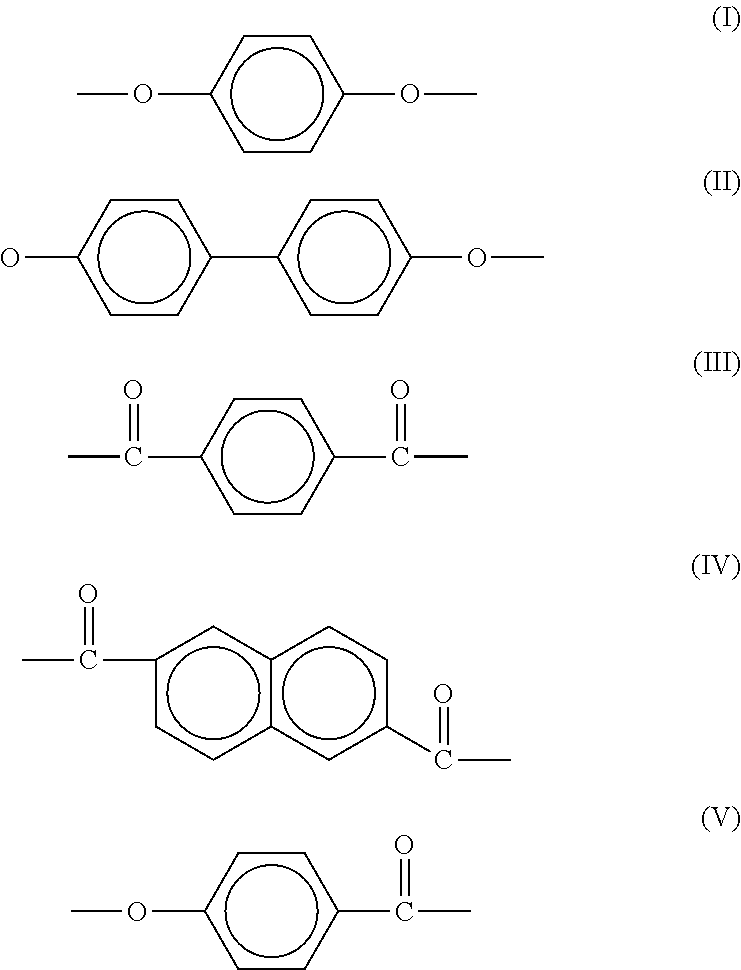Thermally conductive and electrically resistive liquid crystalline polymer composition
a technology of liquid crystalline polymer and thermal conductivity, which is applied in the direction of photosensitive materials, instruments, photomechanical equipment, etc., can solve the problems of shortening the life of devices, increasing costs, and affecting the performance of devices
- Summary
- Abstract
- Description
- Claims
- Application Information
AI Technical Summary
Benefits of technology
Problems solved by technology
Method used
Image
Examples
examples
[0050]The compositions of Examples 1-4 and Comparative Examples 1-4 were prepared by melt blending the ingredients shown in Table 1 in a kneading extruder at temperatures of about 350-370° C. for Examples 1-4 and Comparative Example 4, about 300-330° C. for Comparative Example 1, and about 280-310° C. for Comparative Examples 2-3. Upon exiting the extruder, the compositions were cooled and pelletized. The resulting compositions were injection molded into test pieces having dimensions 0.8 mm×50 mm×50 mm for electrical volume resistivity measurements and were hot press molded into test pieces having dimensions of 50 mm in diameter and 5 mm in thickness for thermal conductivity measurements.
[0051]Thermal conductivity was measured in the machine direction using a laser flash method. The results are shown in Table 1.
[0052]Volume resistivity was measured according to JIS K6911. The results are shown in Table 1.
The following ingredients are shown in Table 1:
[0053]LCP A is Zenite® 7000 supp...
PUM
| Property | Measurement | Unit |
|---|---|---|
| melting point | aaaaa | aaaaa |
| melting point | aaaaa | aaaaa |
| thermal conductivity | aaaaa | aaaaa |
Abstract
Description
Claims
Application Information
 Login to View More
Login to View More - R&D
- Intellectual Property
- Life Sciences
- Materials
- Tech Scout
- Unparalleled Data Quality
- Higher Quality Content
- 60% Fewer Hallucinations
Browse by: Latest US Patents, China's latest patents, Technical Efficacy Thesaurus, Application Domain, Technology Topic, Popular Technical Reports.
© 2025 PatSnap. All rights reserved.Legal|Privacy policy|Modern Slavery Act Transparency Statement|Sitemap|About US| Contact US: help@patsnap.com

